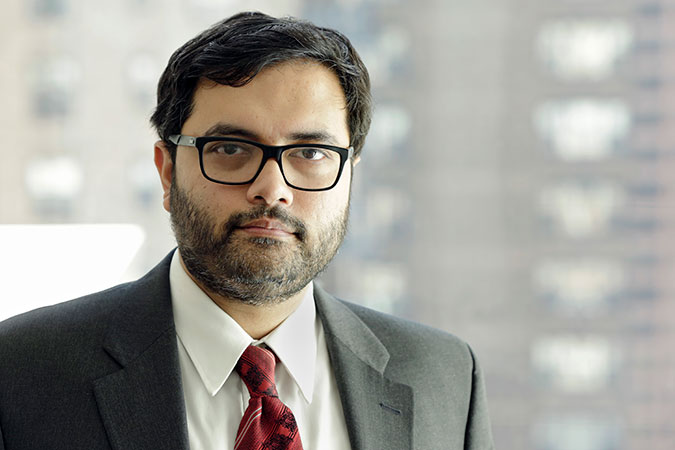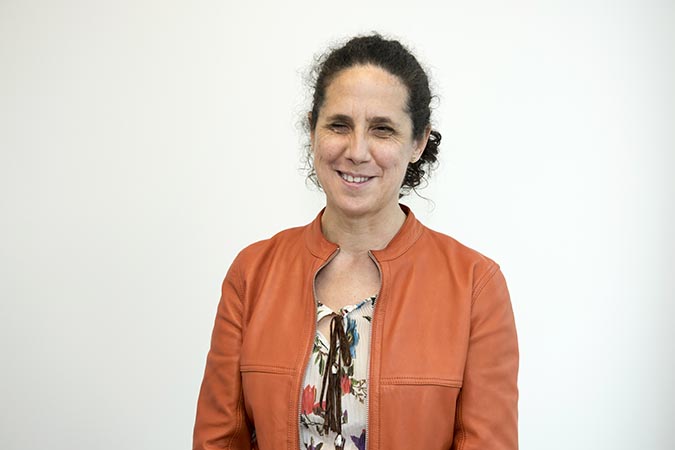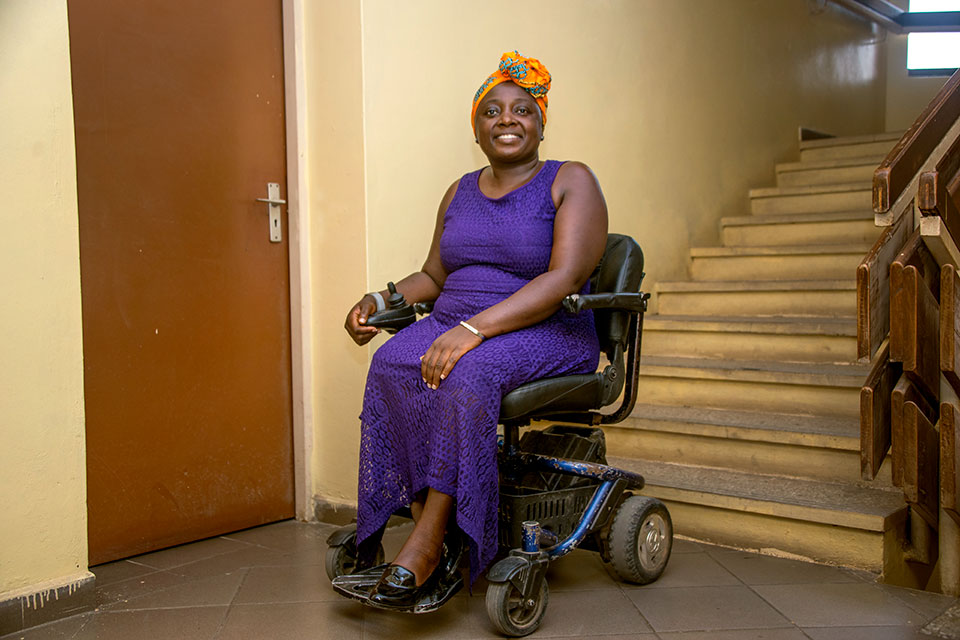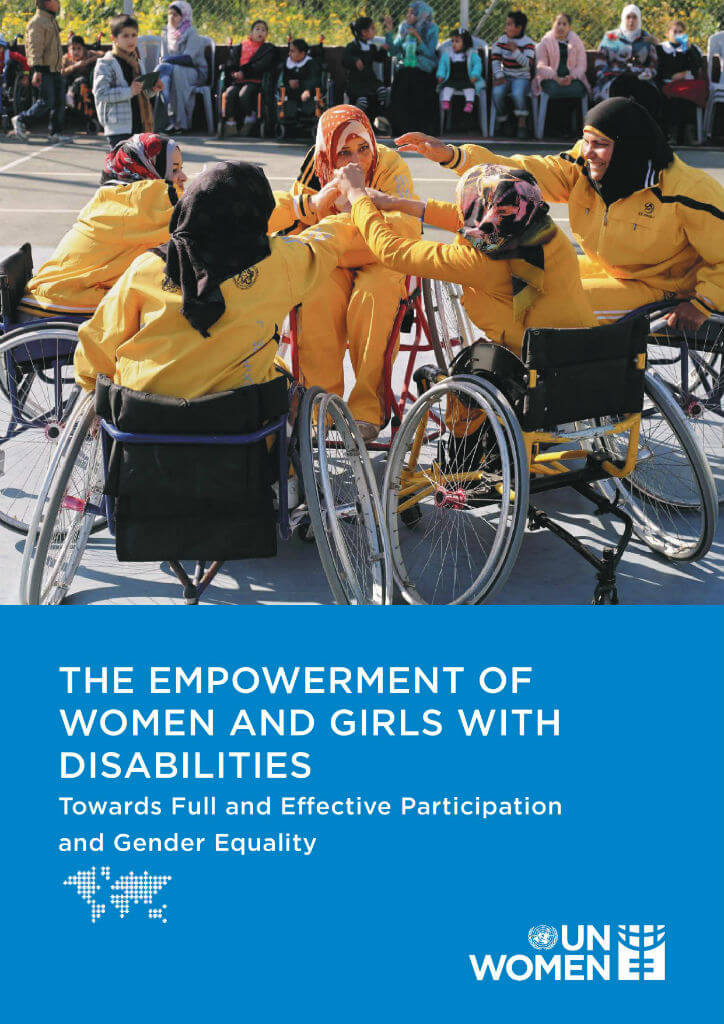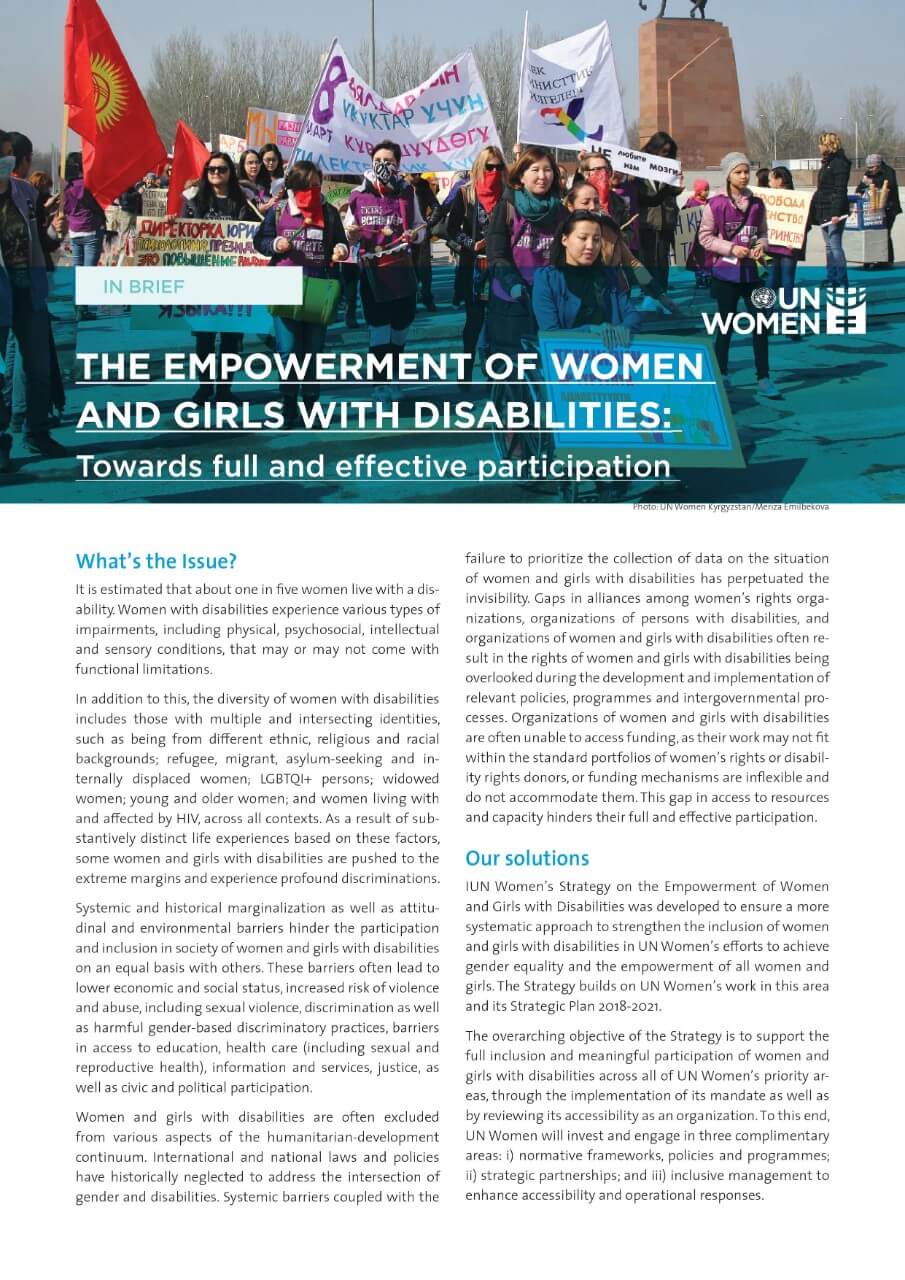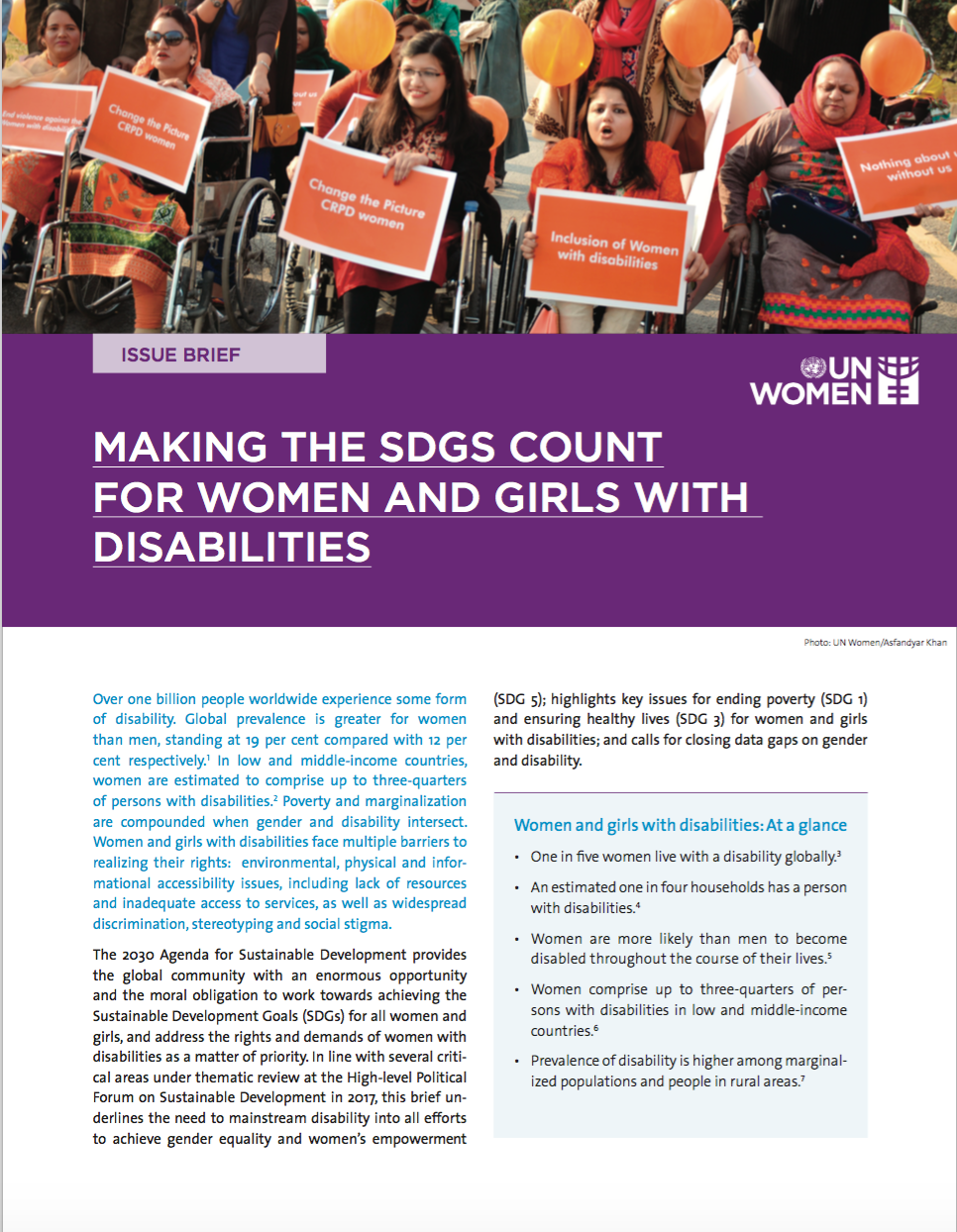Women and girls with disabilities
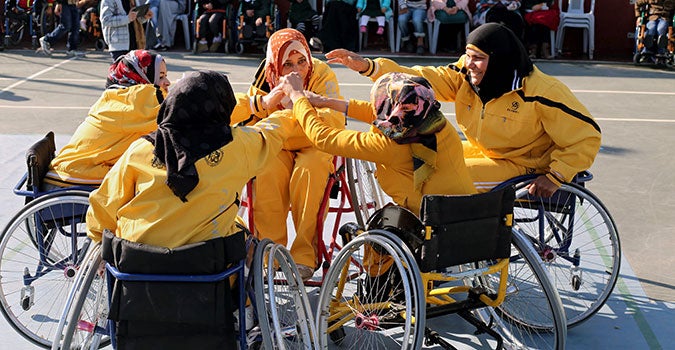
It is estimated that one in five women live with a disability [1]. Women with disabilities experience various types of impairments—including physical, psychosocial, intellectual, and sensory conditions—that may or may not come with functional limitations. In addition, the diversity of women with disabilities includes those with multiple and intersecting identities across all contexts, such as ethnic, religious, and racial backgrounds; their status as refugee, migrant, asylum-seeking, and internally displaced women; LGBTIQ+ identity; age; marital status; and living with or being affected by HIV.
As a result of substantively distinct life experiences based on these factors, women and girls with disabilities are often pushed to the extreme margins and experience profound discriminations. This can lead to lower economic and social status; increased risk of violence and abuse, including sexual violence; gender-based discriminatory practices; and limited access to education, health care (including sexual and reproductive health), information, services, justice, as well as civic and political participation.
These barriers hinder their full and effective participation across the humanitarian-development continuum, including during pandemic and in post-conflict and transition settings.
Organizations dedicated to the rights of women and persons with disabilities drive the work of achieving their full inclusion in society on an equal basis with others. However, gaps in alliances and a lack of access to funding often result in their needs being overlooked during the development and implementation of policies, programmes, and intergovernmental processes.
Our solutions
Recognizing that gender-neutral approaches to disability inclusion perpetuate discrimination and vulnerability, UN Women has made concerted efforts to promote disability inclusion and gender equality, including by establishing and strengthening partnerships and contributing to amplifying the voices of women and girls with disabilities. Active participation of and consultations with women with disabilities and their representative organizations have informed gender equality and disability–inclusive action at all levels. In 2017, to strengthen institutionalization of its work in this area, UN Women established an internal Global Task Team on Disability and Inclusion and a dedicated Disability Inclusion Community of Practice to support the development and implementation of UN Women’s corporate strategy on the issue.
To give voice to and enable equal representation of women with disabilities, UN Women strives to ensure their active participation in intergovernmental meetings and consultative processes. UN Women engages in several inter-agency and multi-stakeholder mechanisms to promote the inclusion of the rights of women and girls with disabilities and has contributed to the development of the UN system-wide policy and accountability framework on disability inclusion.
UN Women leads several inter-agency joint programmes on intersectionality, anti-discrimination, and disability-inclusive COVID-19 responses. These initiatives support, among others, UN Country Teams on the ground.
Stories
Publications
Note
[1] World Health Organization (WHO). 2011. World Report on Disability.
